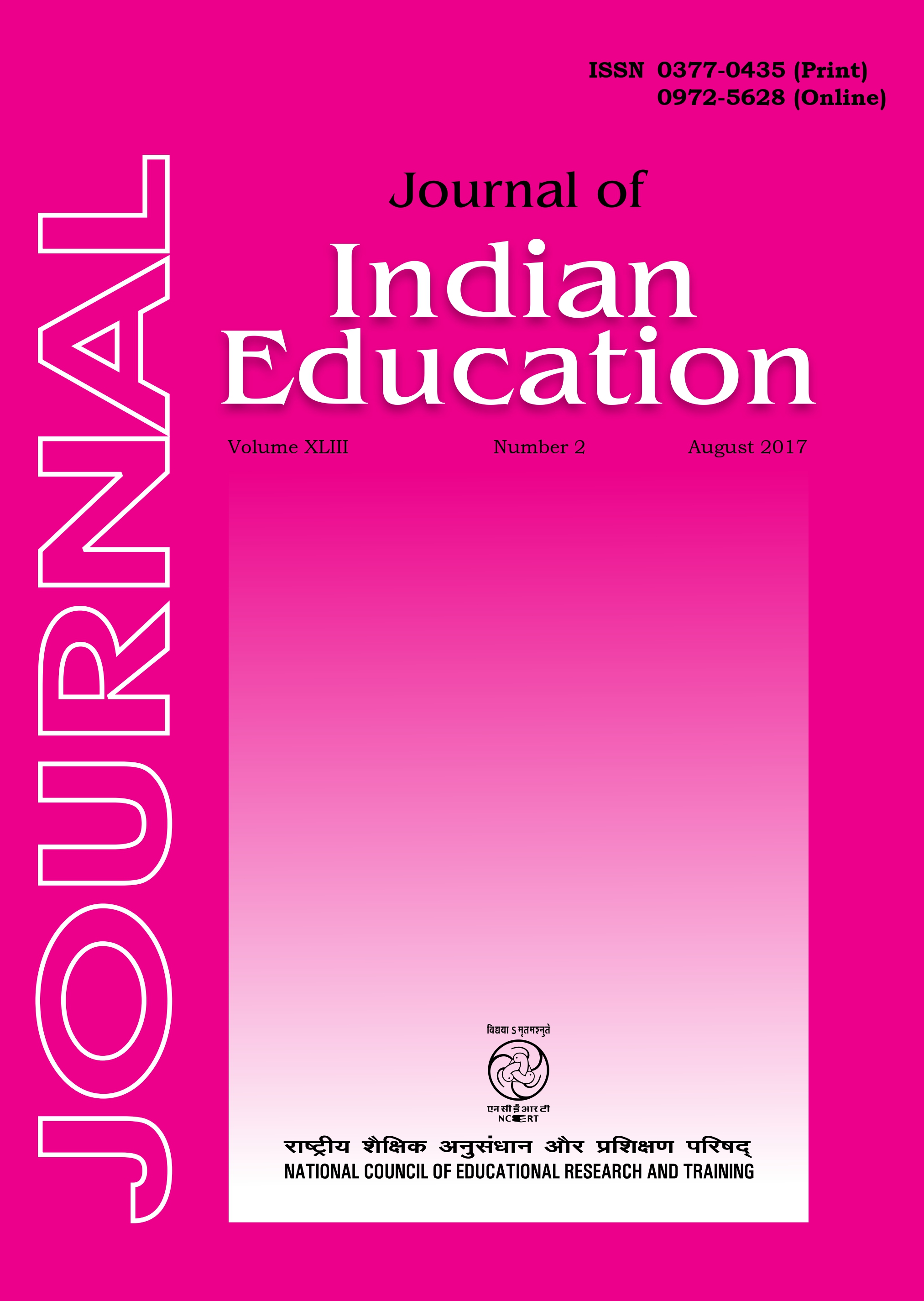Published 2024-12-23
Keywords
- Agricultural Education,
- Educational Technology
How to Cite
Abstract
This paper explores perceived knowledge and relevance of teaching competencies and determined teaching needs of newly recruited agricultural university faculty. The aim is to develop the content for initiating capacity-building programmes. Previously developed instrument with modifications is used to determine 20 teaching competencies by examining 204 newly recruited faculties of 19 Agricultural Universities representing Agricultural Sciences, Veterinary Science, Home Science, Horticulture, Fishery Science, Sericulture, Engineering, etc. Mean weighted discrepancy scores calculated to determine the teaching needs. The greatest teaching needs identified were ‘getting students engaged in learning’, ‘undergraduate advising’, ‘teaching in practical settings’, ‘using web-based technologies for managing courses’ and ‘effective teaching fundamentals’. Certain teaching competencies viz. ‘learning styles of students and faculty’, ‘distance education basics’ and ‘undergraduate advising’ significantly varied among newly recruited faculty (teachers and scientists). ‘Active learning strategies’ across Universities and ‘learning styles of students and faculty’, ‘teaching in practical settings’ and ‘better teaching through better testing’ significantly varied among faculties of agriculture. Gender has no influence on any of the teaching competencies. The identified and prioritised teaching competencies provide the content and direction for development of capacity development programmes for the newly recruited faculty. It suggests periodic Competency Need Assessment (CNA) of faculty at all levels — young, mid-career and senior — and develop programmes for quality agricultural education.

